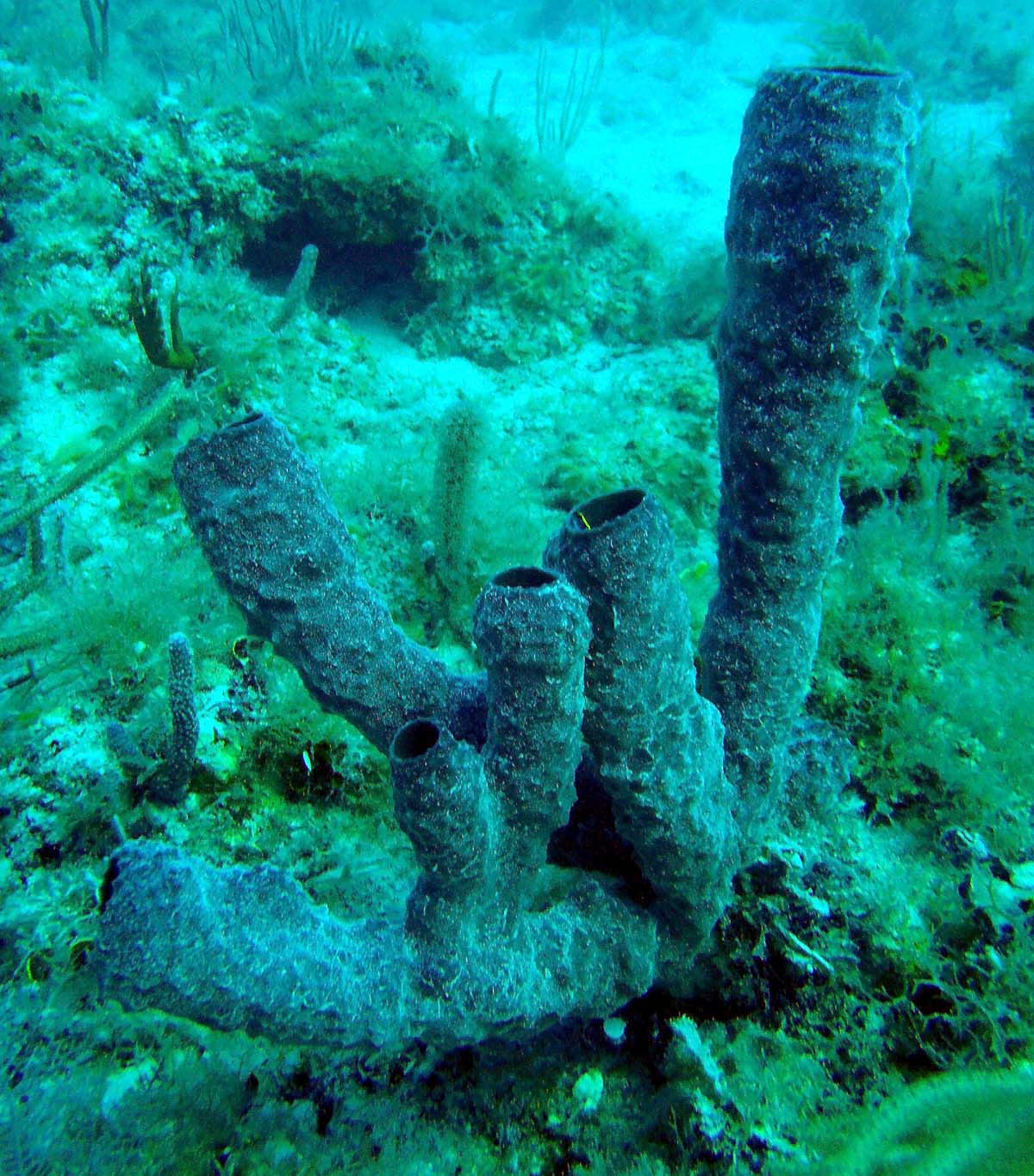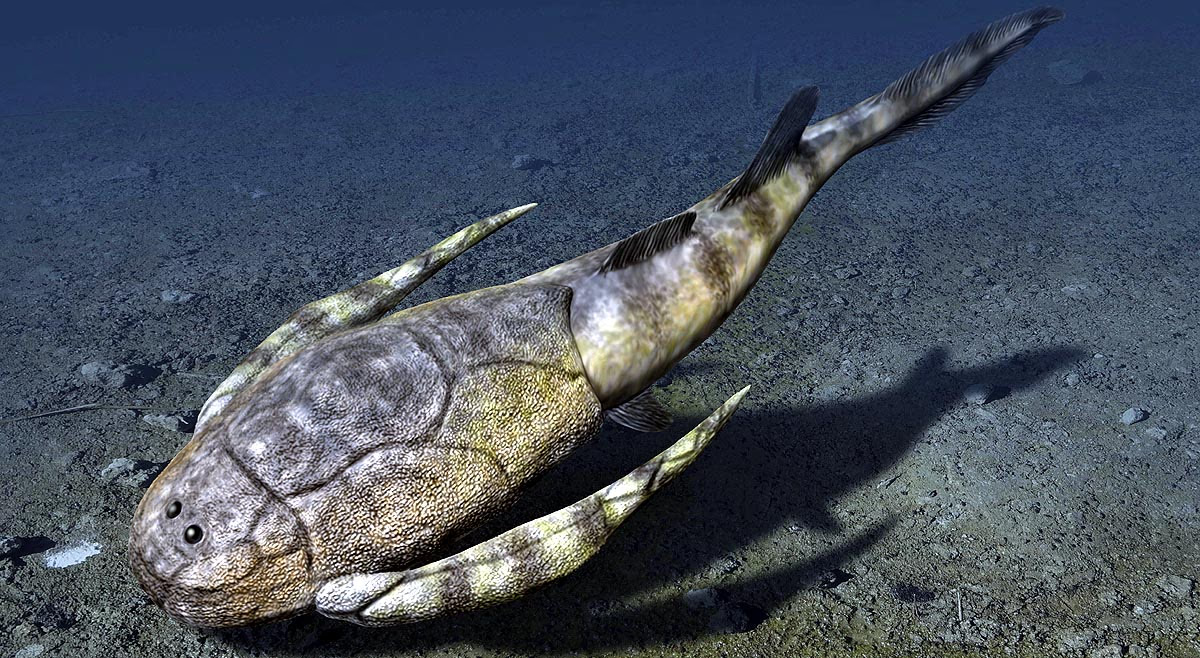Our world is home to a diverse range of creatures, animals that reproduce through sexual intercourse. Dogs, cats, birds, bees, and even us humans. But have you ever wondered which animal was the first to engage in sexual intercourse? In other words, who was the pioneer in completing the physical sexual process for reproduction.
The answer is the ocean's sponges (Ocean's Sponges). Today, they release sperm and eggs into the water, producing new sponge larvae. Although scientists are still searching for the exact date of this occurrence, for now, sponges are considered the first animals to engage in sexual reproduction.
Read also: The Call of Love Turned into a Crying: When the Female Frog Ate the Male After Mating
This discovery was made by scientists at the University of Hawaii. About 800 million years ago, sponges didn’t reproduce like they do now. After mating, one partner would kill and hunt the other. According to John Longsden, an associate professor of biology at Iowa University, the first animals to engage in sexual intercourse were already reproducing this way longer before we discovered it, which is not an easy task to uncover.

Source: aajtak
The Search and Study of These Unique Cells
John Longsden explained that we investigated this through the study of meiosis, a reproductive cell-forming process in eukaryotes, which contains a nucleus inside a cell, such as in plants, animals, or fungi. This raised the question, when did the first eukaryotes emerge?
Read also: Wayanad, Himachal, Kedarnath... What Is a Landslide and Can This Disaster Be Predicted?
Which Animal Engaged in Sexual Intercourse First?
It's the eukaryotes that can tell us about the first animal that engaged in sexual intercourse, approximately 2 billion years ago. It dates back to a time when bacteria began exchanging genetic information. However, this can't be called sexual intercourse because it wasn't physical.
Evidence from 359 to 419 Million Years Ago
When did sexual intercourse as we know it begin, like it does among humans and various animals? The investigation began with the earliest evidence of intimate sexual reproduction found in Devonian period placoderm fishes like Microbrachius dicki. This evidence dates back to approximately 419 to 359 million years ago.
Read also: Will Bangladesh Become a New Problem for India? Find Out Its Military Power and Border Conditions

Source: aajtak
Male Microbrachius dicki fishes had unique claspers, functioning like a penis, aiding in the internal fertilization of the female fish. Meanwhile, female fish had organs that supported these claspers. These fishes would dive into the sea while engaging in sexual intercourse and continued doing so when raising their young.
The Advantages of Sexual Reproduction
When a single organism reproduces asexually, the offspring inherit only its genes. However, when both a male and female reproduce, the offspring inherit genes from both. This genetic diversity can help the offspring adapt and survive in future environments. Sharks are asexual, while jellyfish create clones of themselves in this manner. Sexual reproduction, however, offers a way to adapt to changes in the environment.




